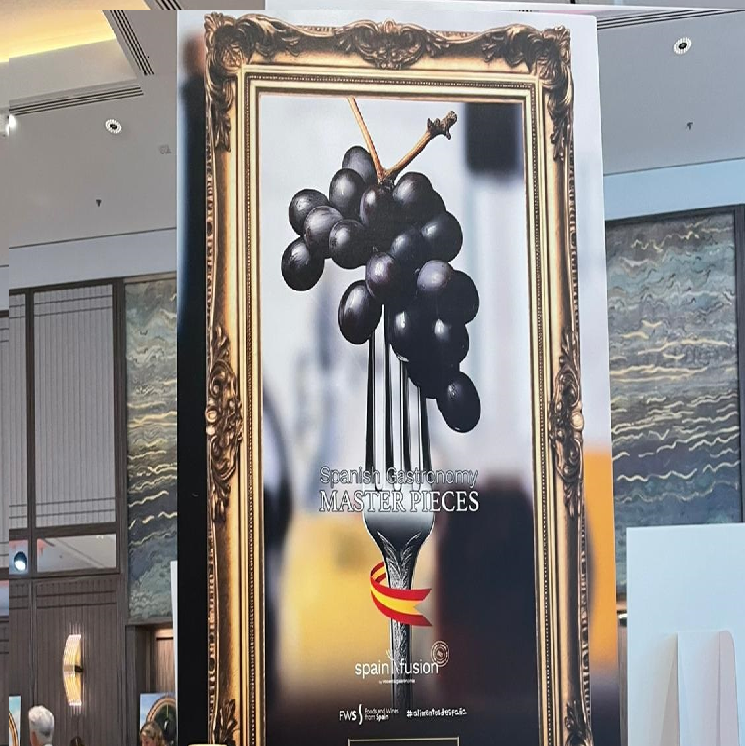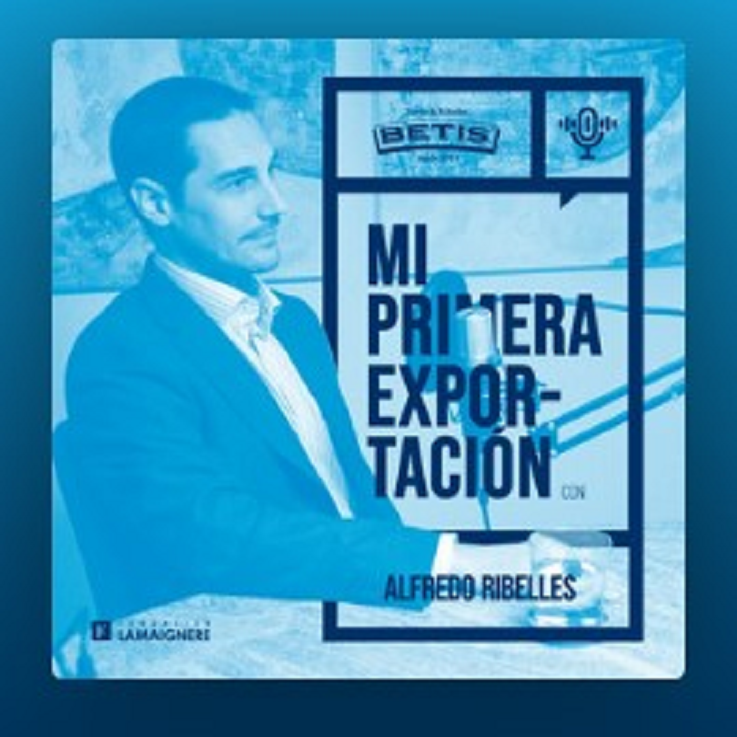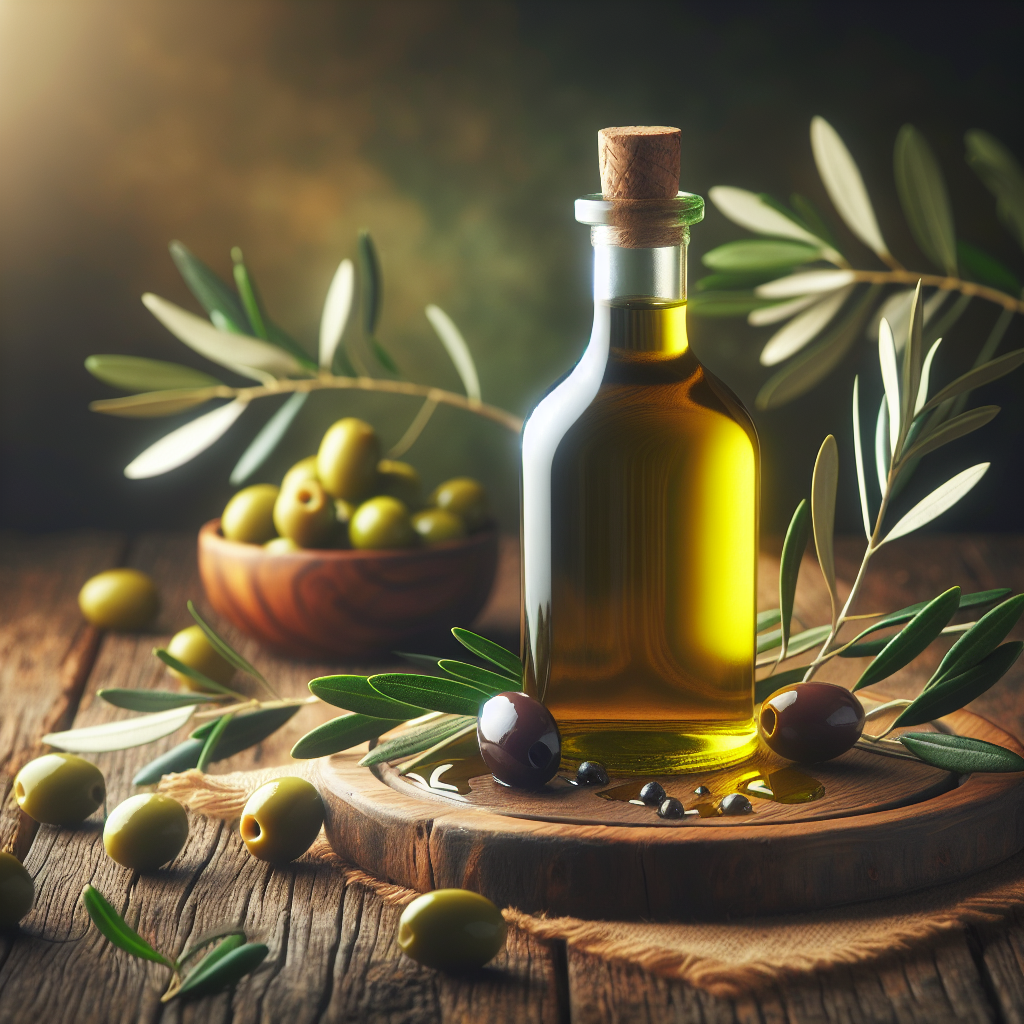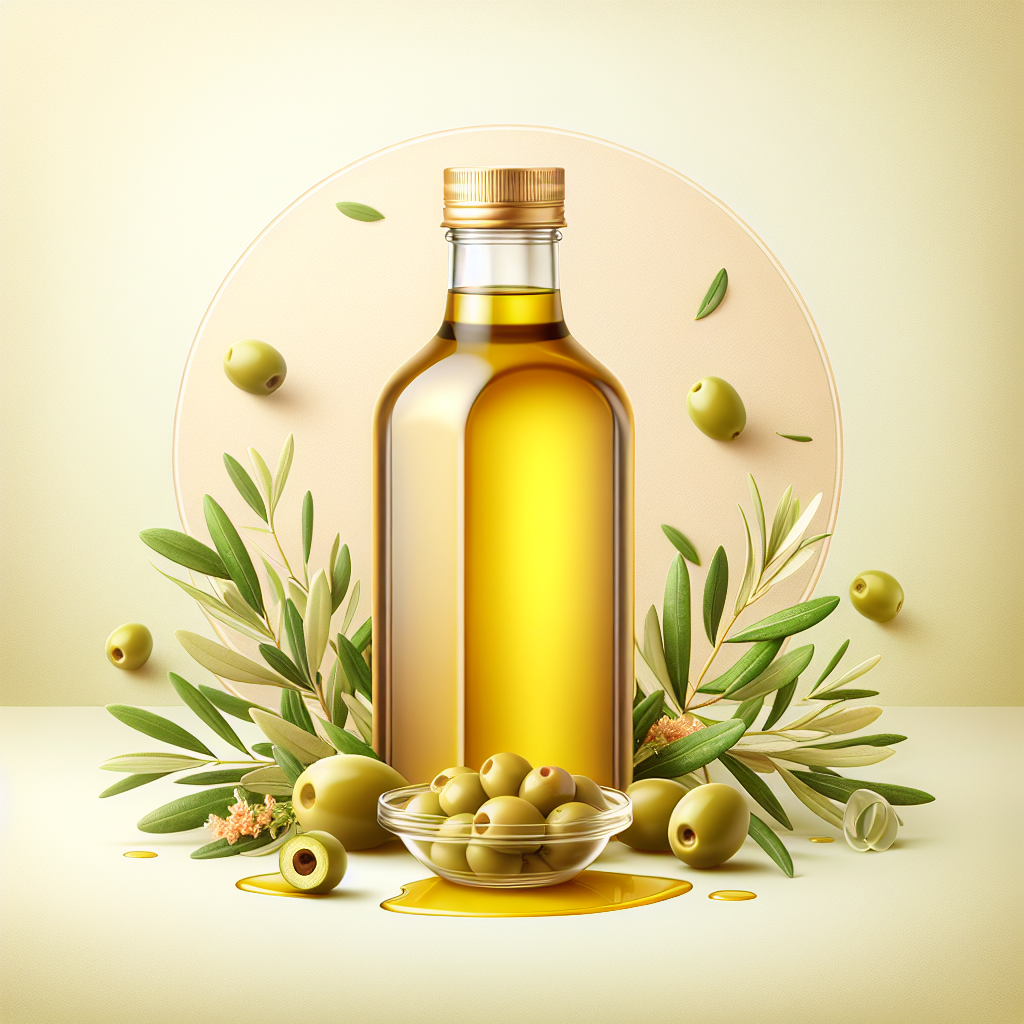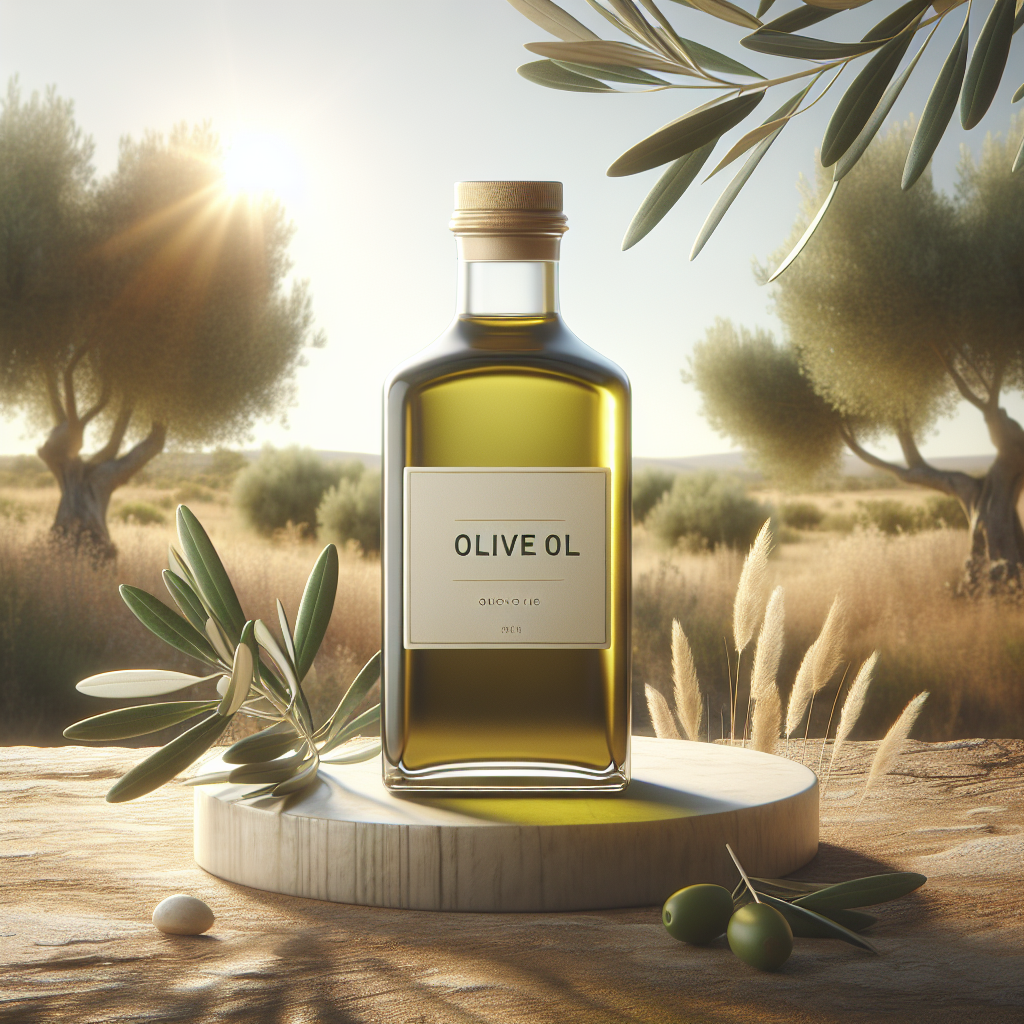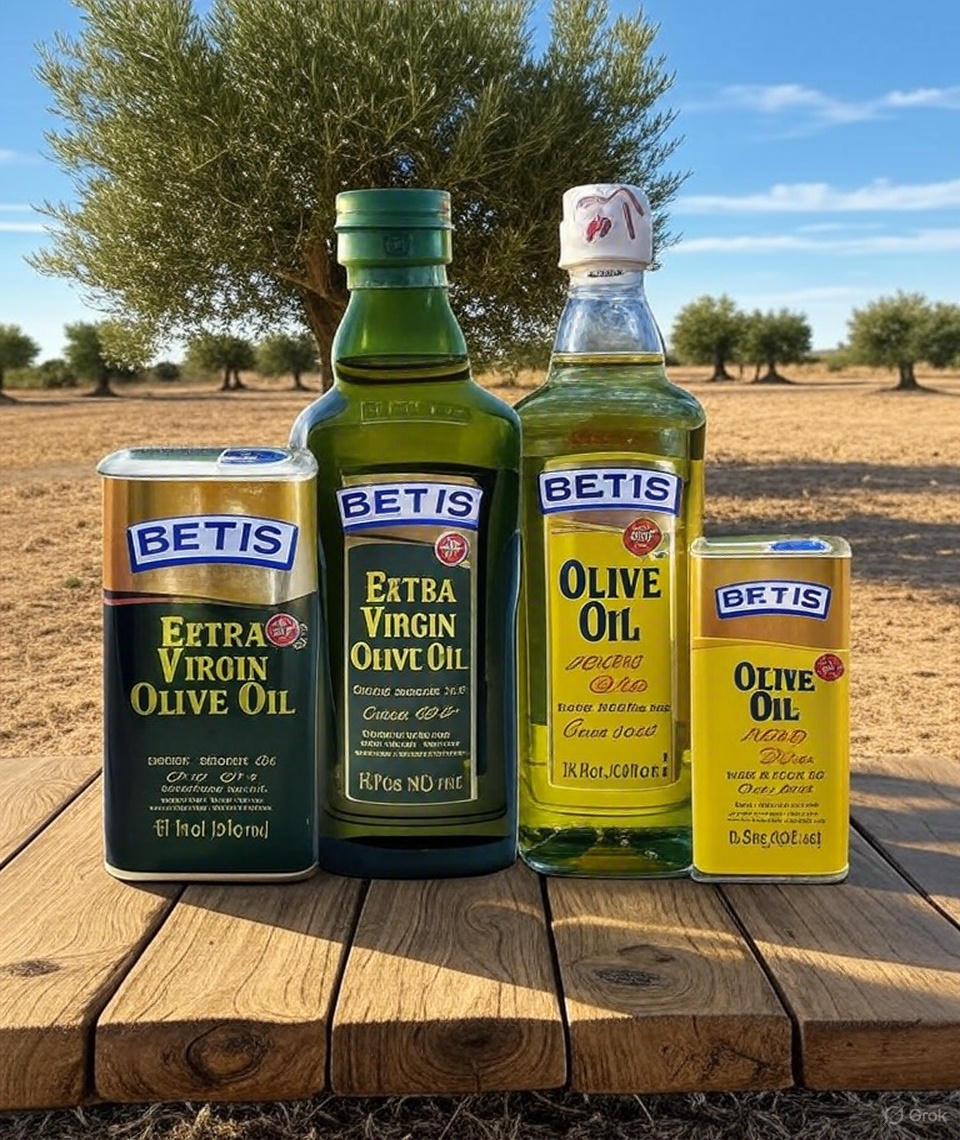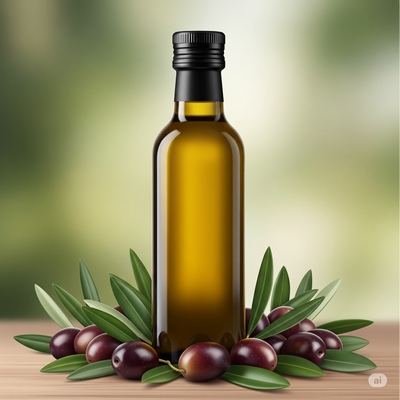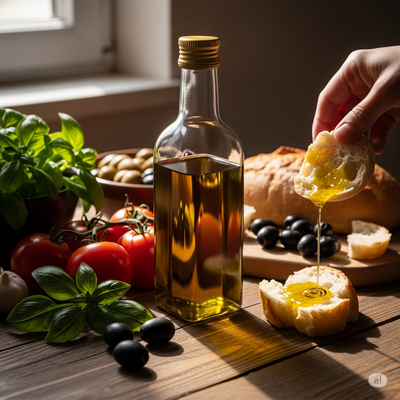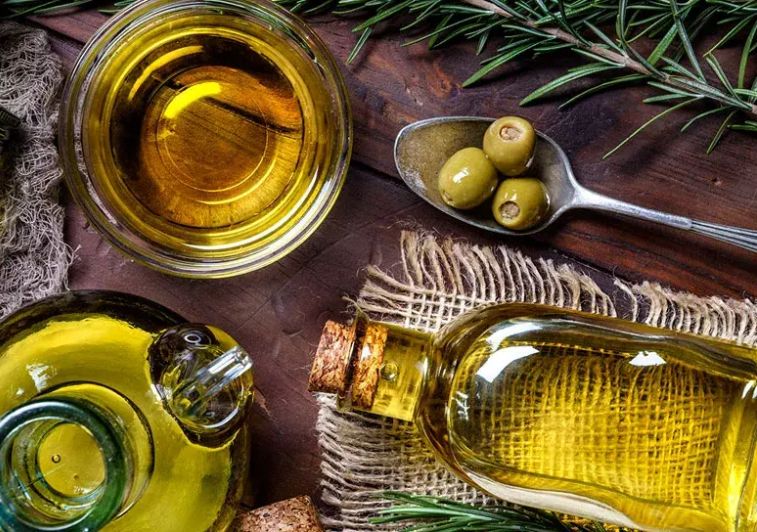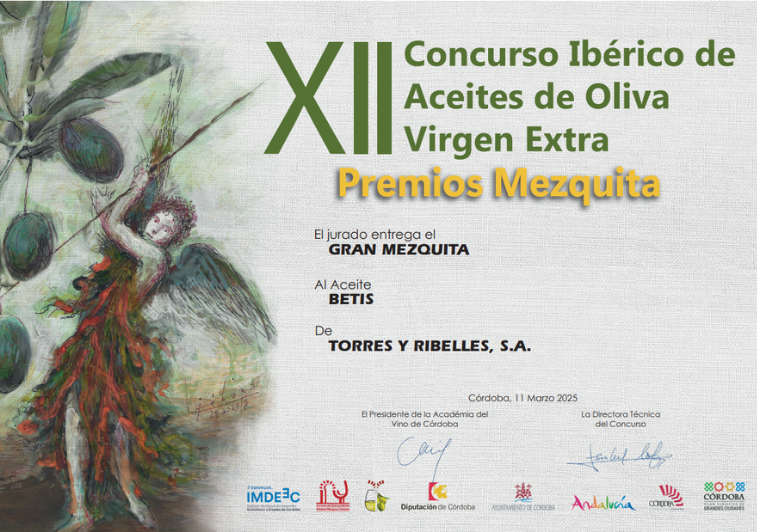FOOD PRESERVATION IN OLIVE OIL
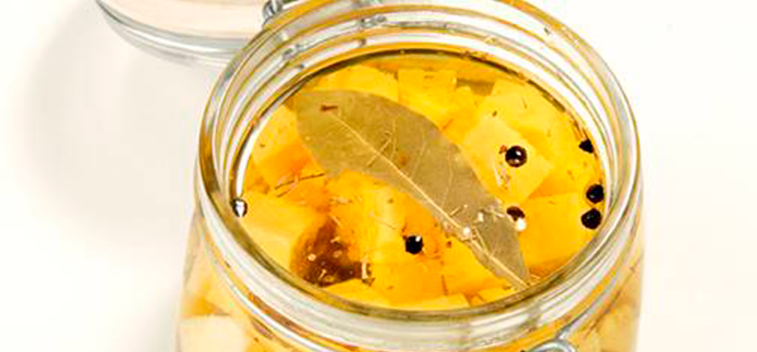
Olive oil is an excellent option when it comes to preparing high-quality preserved food, not only for its sensory qualities, but also because of its degree of protection against oxidation. However, when preserving food of any type, it is important to know about the characteristics of the food in question.
When olive oil is used to preserve fish, it has the effect of unifying its sensory characteristics: visual appearance, texture, aroma and flavour. It also protects the food from residual oxygen, preventing alterations in the colour and aroma due to oxidation, and the rusting of the insides of the can during storage.
However, when it comes to meat and vegetables, it is very important to use appropriate heat treatment prior to the preservation process, whether you are using brine or olive oil.
In order to prepare your own preserved food using olive oil, it is recommended to follow these guidelines:
- Choose fresh food in optimum condition. Herbs, vegetables and fruit should not have any signs of decay or bruises.
- The food you select should be neither too ripe nor too unripe.
- Fruit and vegetables should be washed well.
- Do not use detergents or disinfectants which destroy the bacterial flora of the food.
- Eliminate possible germs by scalding vegetables for 5 minutes.
- Maintain high standards of hygiene (including hands, clothes, hair, utensils etc.), whilst handling the food to be used.
- Sterilize the utensils that you are going to use, including strainers, tongs and containers by boiling them in water for 15 minutes.
- Once jars have been sterilized, hold them by the neck.
- Use glass or porcelain pots and stainless steel saucepans.
- Use preferably wide-neck jars with thick sides that are resistant to high temperatures.
- Use jars that are not to large, preferably with a capacity of around 500ml.
- Distribute the food to the capacity of the jar, leaving a gap of 1 cm at the top.
- Leave the contents to settle for a while and if necessary, hit the jar with the hands so that any bubbles are burst, since any air inside can cause the food to ferment.
- Once the product is in the jar and any bubbles gone, seal the jar and place it in a pressure cooker or cook it in a bain marie so that it will be vacuum packed. The cooking time will depend on the type and quantity of the product.
Finally, remember that vacuum-packed food can last for years, but it is recommended to consume it within a year.

 United States
(English)
United States
(English) Spanish
(Español)
Spanish
(Español) Chine
Chine